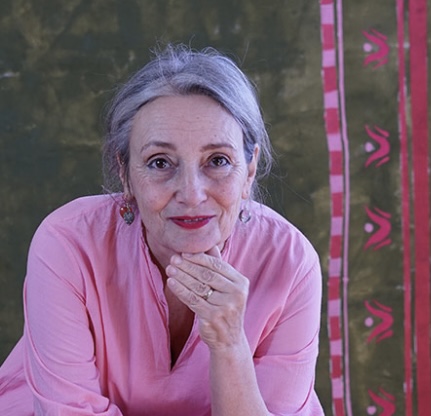The enchanting world of Christian Dior’s gardens
Christian Dior’s love of gardens and gardening is celebrated in a new book and exhibition at his family home.
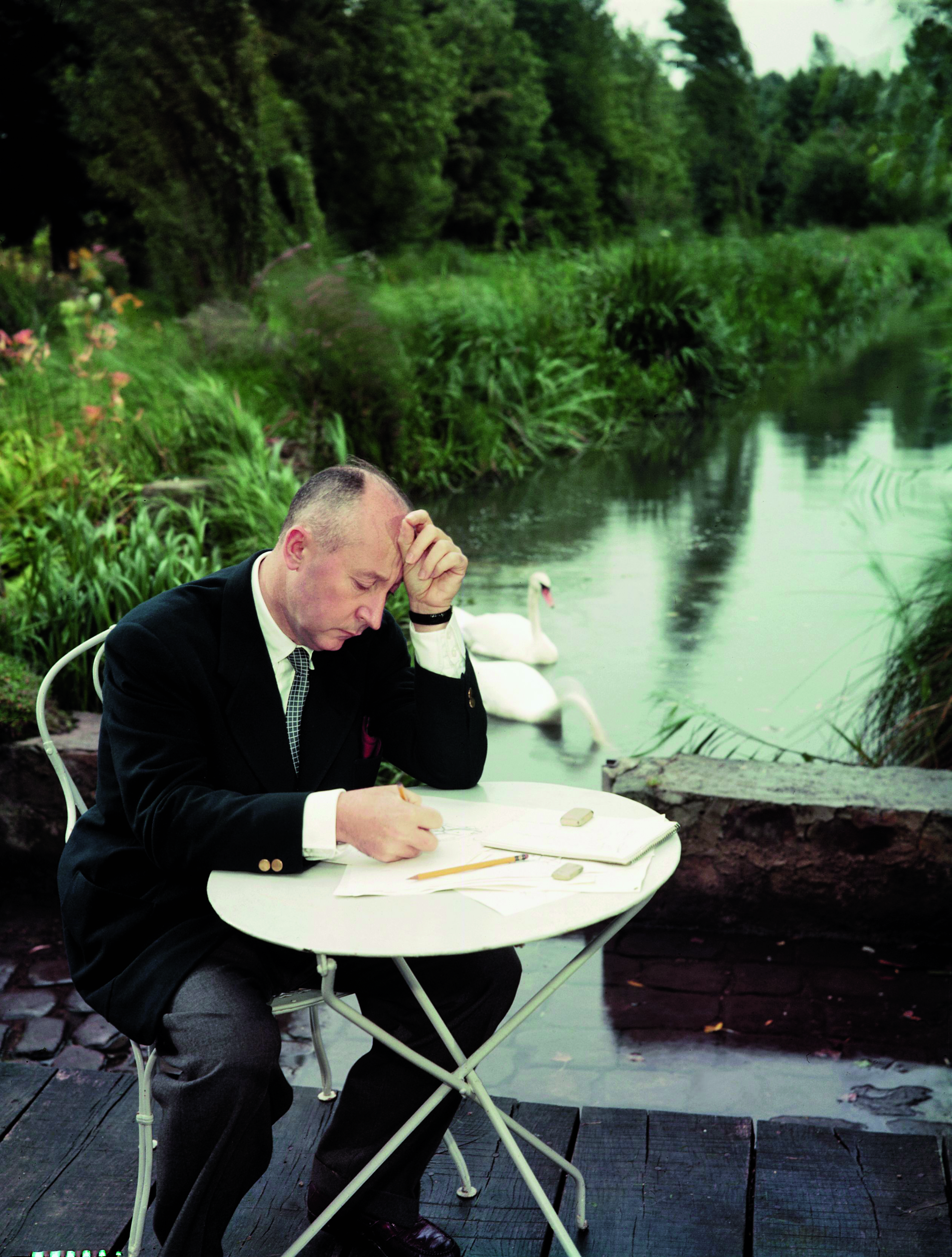
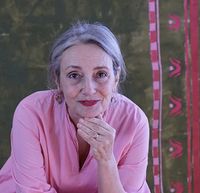
‘The seasons determine the rhythm of nature; the new dresses must bloom just as naturally as the blossom on the apple tree.’
Christian Dior (1905-57) was an anthophile and a talented gardener — a passion ignited in childhood by watching his mother, Madeleine, in the family garden. The home, Les Rhumbs, was perched on a clifftop in Granville, the fashionable seaside resort on the Normandy coast.
After becoming a world famous fashion designer and perfumer, Dior frequently spoke about how Les Rhumbs, and his own, subsequent two gardens, provided him with both a spiritual haven and bountiful source of inspiration. This relationship is the theme of a compelling exhibition, ‘Dior: Enchanting Gardens’, at the Christian Dior Museum — which opened inside Les Rhumbs in 1997 — and of a book of the same name to which I contributed a chapter.
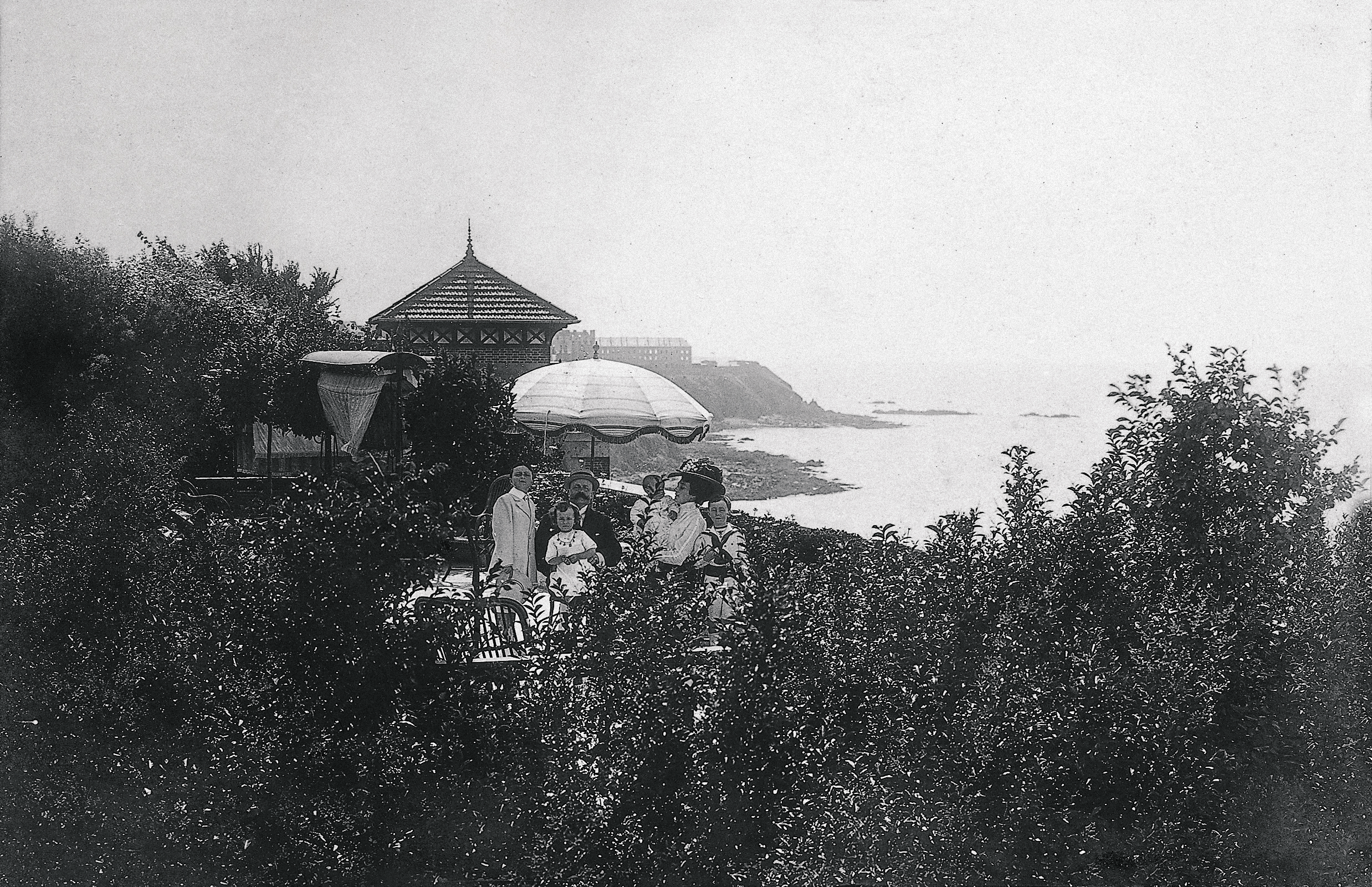
The Dior family on the garden terrace of Les Rhumbs, circa 1912.
Madeleine surrounded and protected the exposed Les Rhumbs garden with Cyprus, black and Scots pines, and olive, oak and hornbeam trees. She also planted a bamboo grove. In the middle, she cultivated blousy borders, rose and vegetable gardens, and had a swimming pool installed. Her meticulously ordered designs were in stark contrast to the then English vogue for informal planting. Unfortunately, the home was sold in the early 1930s to the town council because the family’s fertiliser business, established by Dior’s great-grandfather, was failing. In 1938, the gardens opened to the public and, to this day, are still enjoyed by the local community and visitors, alike.
Less than a decade later, Dior secured the necessary financial backing to establish his own House and, from the outset, put florals front and centre, naming one half of his first collection, ‘Corolle’ (the term ‘corolla’ refers to the total number of petals on a flower). Dior’s tiny-waisted and dramatically full-skirted designs were invariably decorated with flowers and cut to floriate silhouettes. And in his own fashion memoir, the designer famously stated that his ideal clients were ‘flower-like women’.
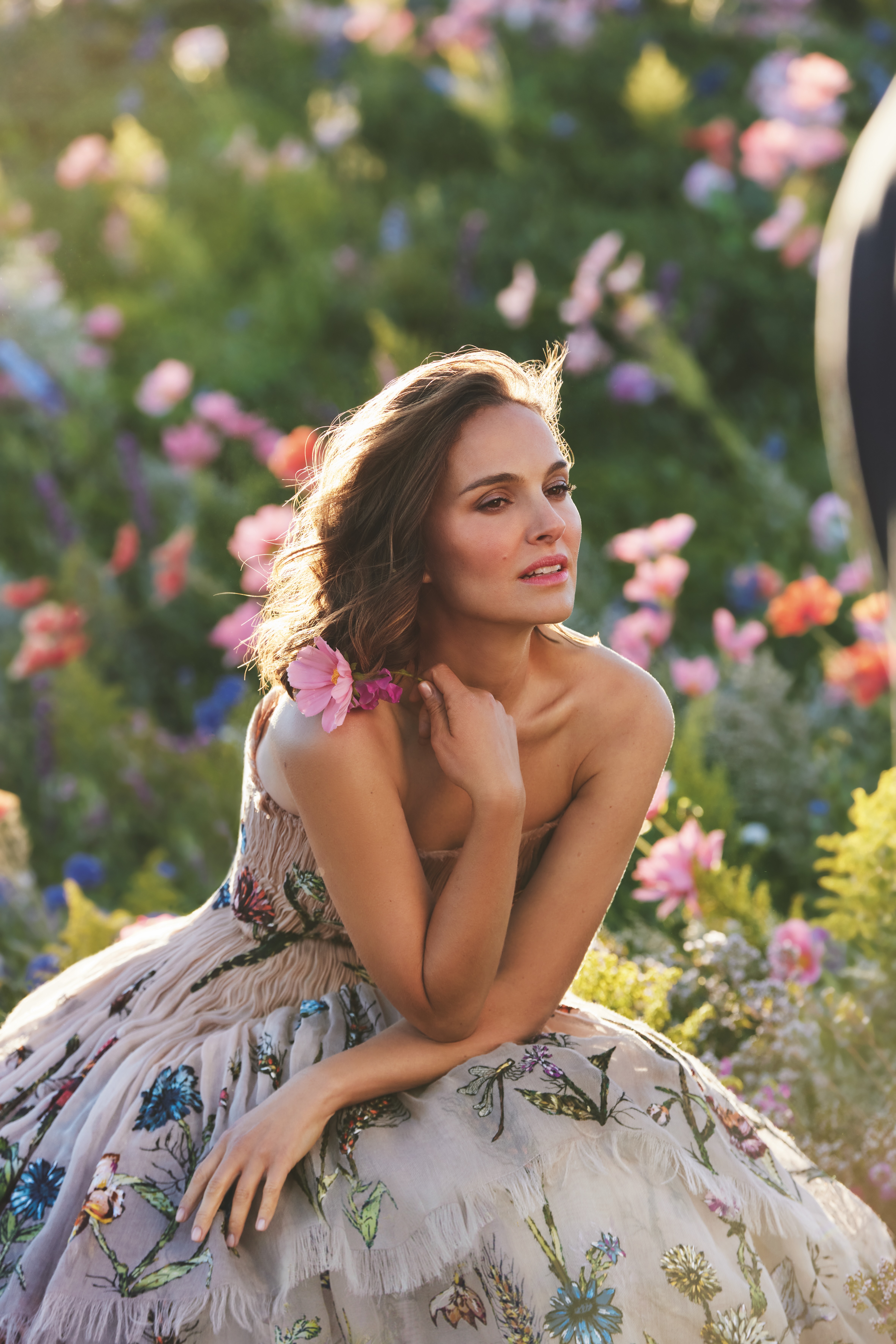
Actress Natalie Portman wearing a dress by Maria Grazia Chiuri for Christian Dior — a special haute couture creation for the Miss Dior Blooming Bouquet perfume advertising campaign.
Perfume was central to Dior’s overarching vision and that first collection — which went on to be known as the now seminal ‘New Look’ — was accompanied by the launch of Miss Dior. The perfume, which continues to fly off the shelves, is scented with honey and peppery notes of Provence roses, lily of the valley, peony and iris. Some 20km from Les Rhumbs, you’ll find the Rose de Granville Garden. More than 50,000 rose bushes grow on about 17 acres of land — their flowers destined for bottles of Dior perfume. It’s one of seven House gardens, located all around the world, and tilled to organic and sustainable agricultural principles.
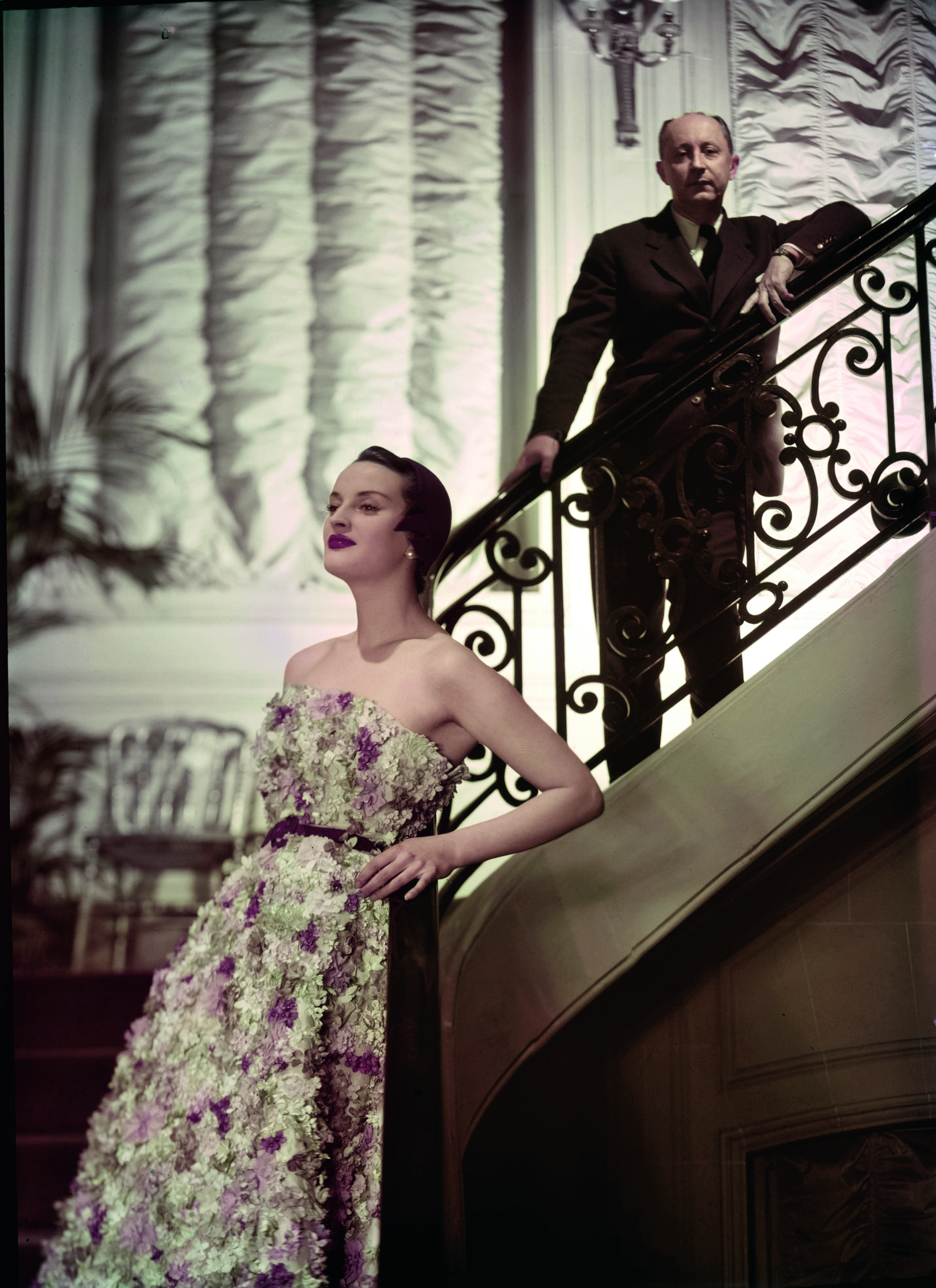
Christian Dior with the model Simone wearing a Miss Dior short evening dress from the 1949 Spring–Summer haute couture collection.
The French couturier enjoyed immediate financial success and celebrated by purchasing an abandoned 18th century mill and farmyard in Milly-la-Forêt, in northern France. Moulin du Coudret was his weekend retreat where, echoing Madeleine, he fashioned a cottage garden full of flowers, vegetables, herbs and medicinal plants. He later recalled wanting it ‘to be like the peasants’ gardens which decorate the sides of the roads in my native Normandy.’ Dior always took note of wild, as well as cultivated, flowers and among the exhibition highlights are two dresses, one strewn with naturalistic, three-dimensional daisies and the second with charming buttercups — both named after the seed firm his mother used. In fact, The House of Dior was renowned for its silk flower embellishments, crafted in their Parisian atelier or ordered from specialist workshops. The rose was Christian Dior’s favourite flower and multiple collections were decorated with clusters or swags of them — or sometimes a single bloom — in shades of natural-looking white, yellow, pink and red. He also adored black, silk roses, but there are no true black flowers in Nature. Originally worn for mourning, by the 1930s they had acquired an edgy and elegant fashion allure.
Exquisite houses, the beauty of Nature, and how to get the most from your life, straight to your inbox.
In France, at the annual Fête du Muguet, sprigs and bunches of lily of the valley are gifted for good luck and happiness. Dior was highly superstitious; he cultivated the flower in his hothouse, wore it as a buttonhole and used it in each of his collections. In 1956, he released Diorissimo, a perfume designed to simulate lily-of-the-valley.
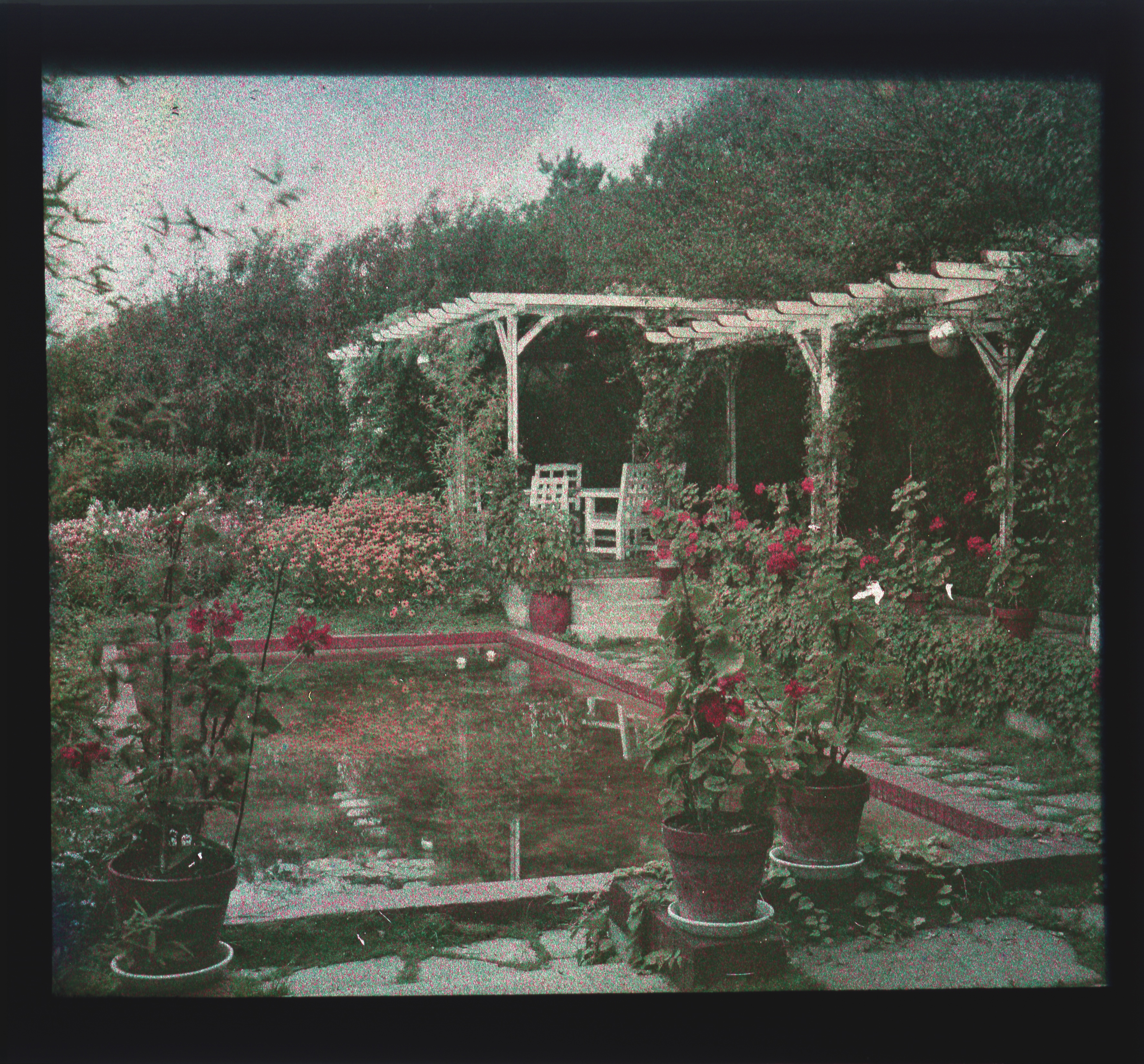
The pond and pergola — with its garden furniture designed by the young Christian Dior — at Les Rhumbs, circa 1930.
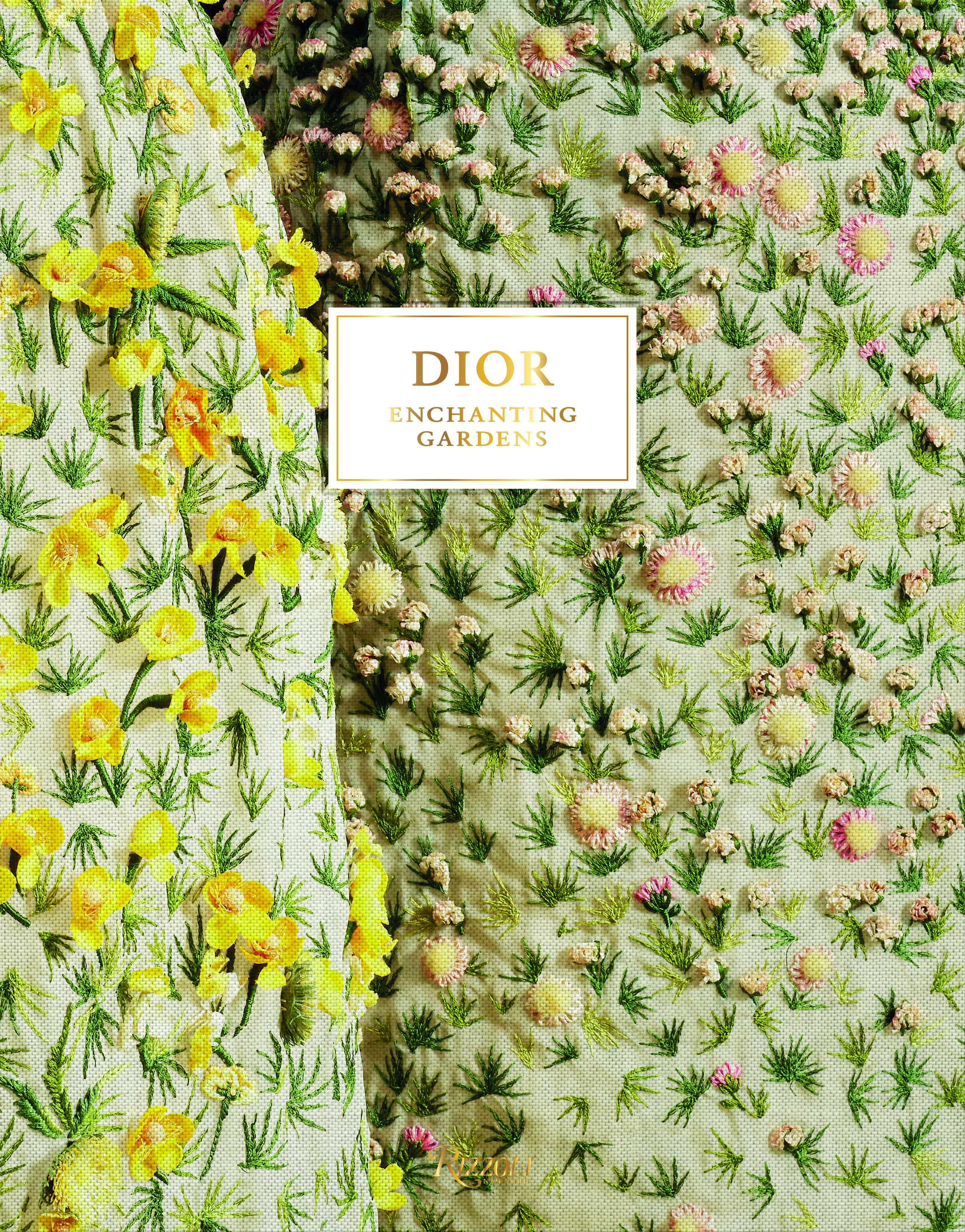
Dior purchased his final home, La Colle Noire, a dilapidated château with vast grounds, in 1950. It is located in Montauroux, close to Grasse where jasmine and roses are grown for the perfume industry. He hired the architect Andreï Svetchine to restore the building to its former splendour and in this, his most grand garden, he installed formal lawns with boxwood-bordered flower beds, and planted olive and almond trees, jasmine, and a bamboo grove on stone terraces — echoing Les Rhumbs. The estate was recently renovated by The House of Dior.
Since the designer’s sudden and untimely death in 1957, luminaries including Yves Saint Laurent and John Galliano have headed up his eponymous House. Each one has paid tribute to Dior by featuring lily of the valley in their respective collections — to the point where the flower is now inextricably twinned with the brand. A year after Dior’s death, the House of Meilland, a garden roses production company, established in 1856, paid him the greatest compliment by naming a truly gorgeous, double-hybrid tea rose after him.
‘Dior: Enchanted Gardens’ is open until November 2; the book is published September 2 (Rizzoli, £35).
Amy de la Haye is Professor of Dress History and Curatorship, and joint director of the research Centre for Fashion Curation at London College of Fashion, University of the Arts London.
-
 Child stars, Prince and nursery rhymes: It's the Country Life Quiz of the Day, December 5, 2025
Child stars, Prince and nursery rhymes: It's the Country Life Quiz of the Day, December 5, 2025It's all in today's quiz.
-
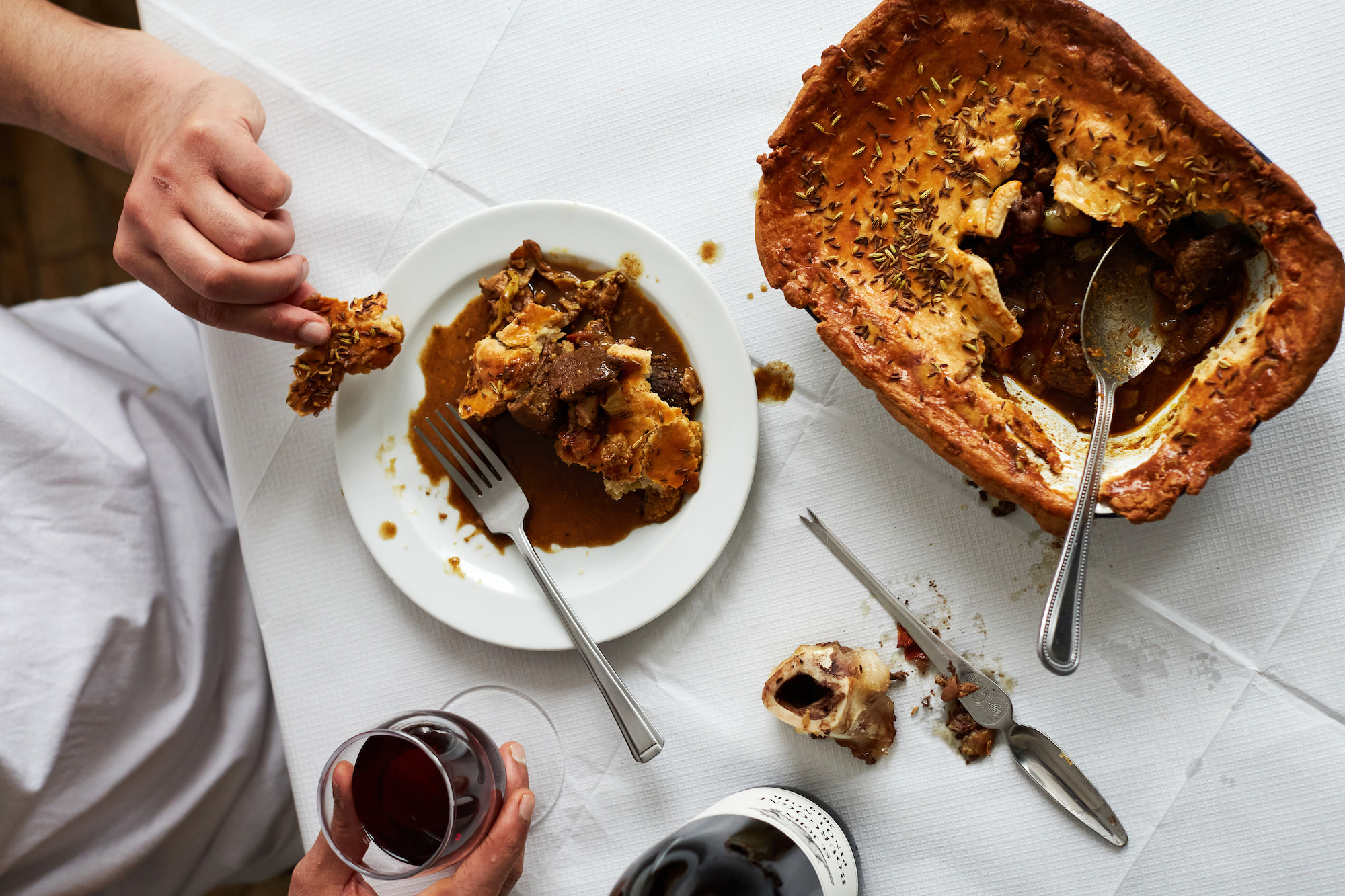 ‘Calf’s brains have a bland, gentle richness that soothes and cossets': Tom Parker Bowles on the joys of eating offal
‘Calf’s brains have a bland, gentle richness that soothes and cossets': Tom Parker Bowles on the joys of eating offalEating offal it is more sinned against than sinning, but it offers the ultimate in magnificent, fully immersive eating.
-
 What trees taught me about perfect planting — Alan Titchmarsh
What trees taught me about perfect planting — Alan TitchmarshSense and patience is key to growing healthy trees, as a certain Mr Mackenzie showed a young Alan Titchmarsh
-
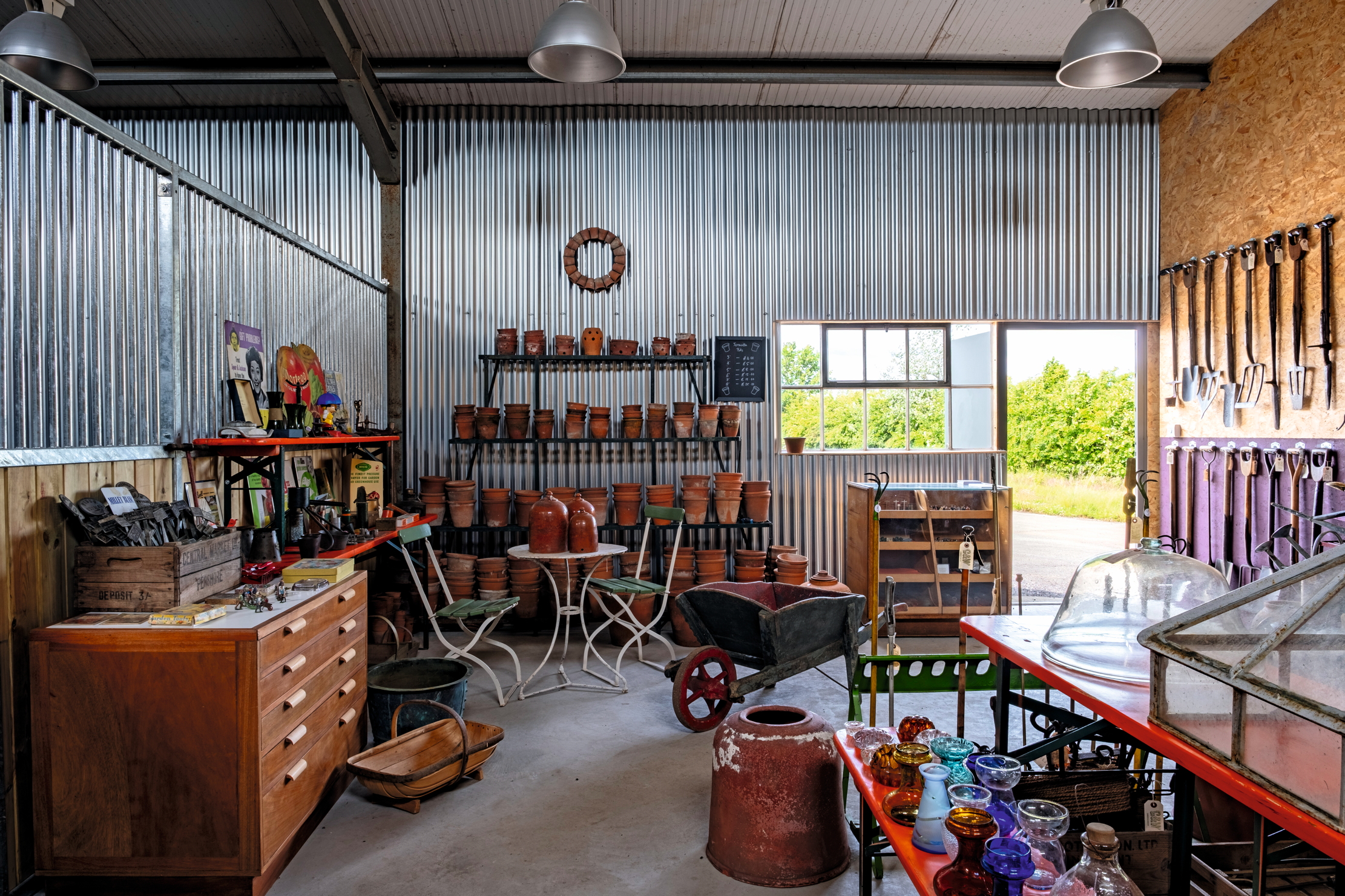 When it comes to making the perfect garden tool, the past has all the answers
When it comes to making the perfect garden tool, the past has all the answersMary Keen visits Garden & Wood, the mecca for dedicated gardeners who prefer using tools made in the 1940s
-
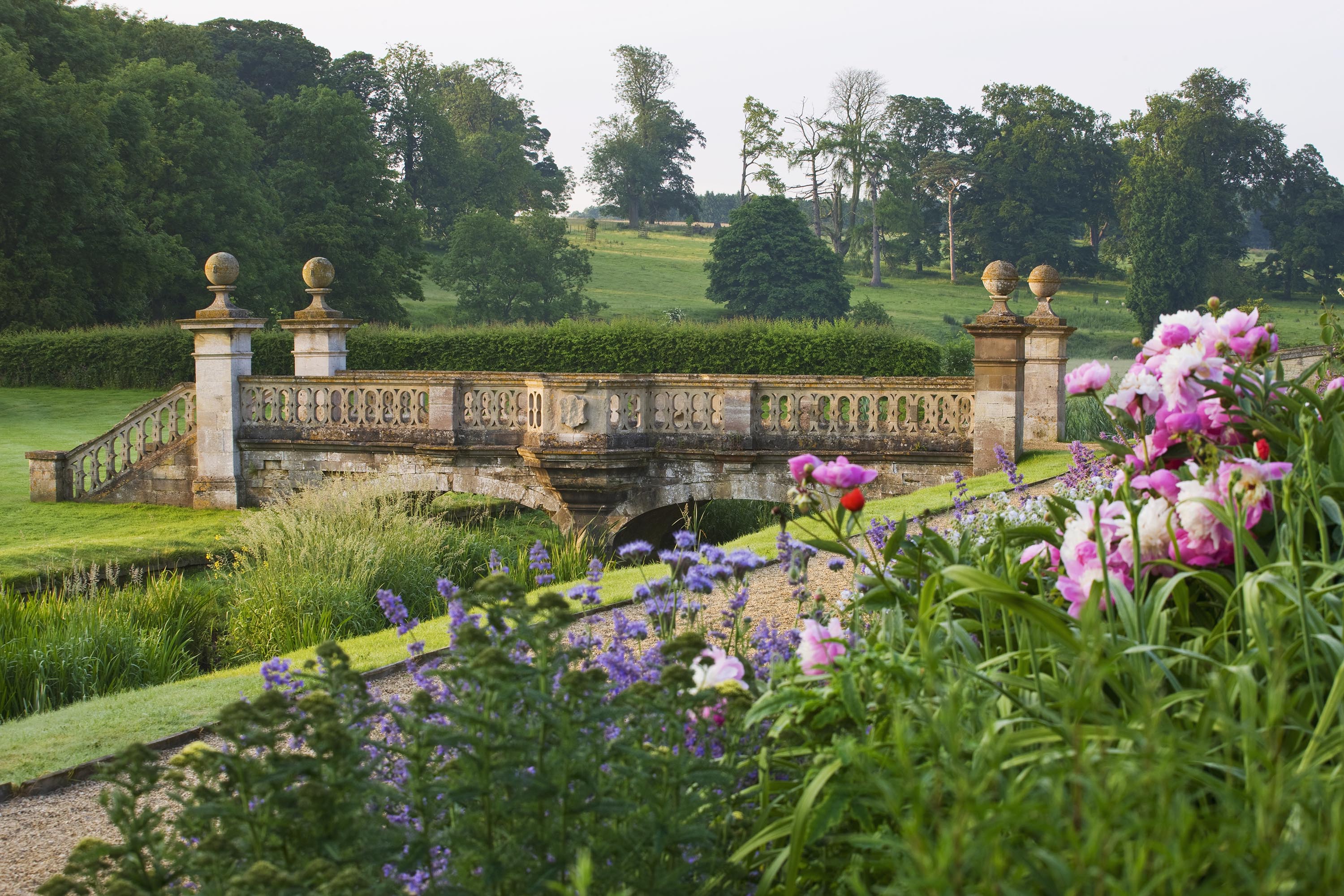 'A dream of Nirvana... almost too good to be true': The sweet peas of Easton Walled Gardens, and how you can replicate their success at home
'A dream of Nirvana... almost too good to be true': The sweet peas of Easton Walled Gardens, and how you can replicate their success at homeUrsula Cholmeley, who has spent 25 years restoring Easton Walled Gardens, recommends sowing sweet peas now for stronger plants that will better withstand the weather.
-
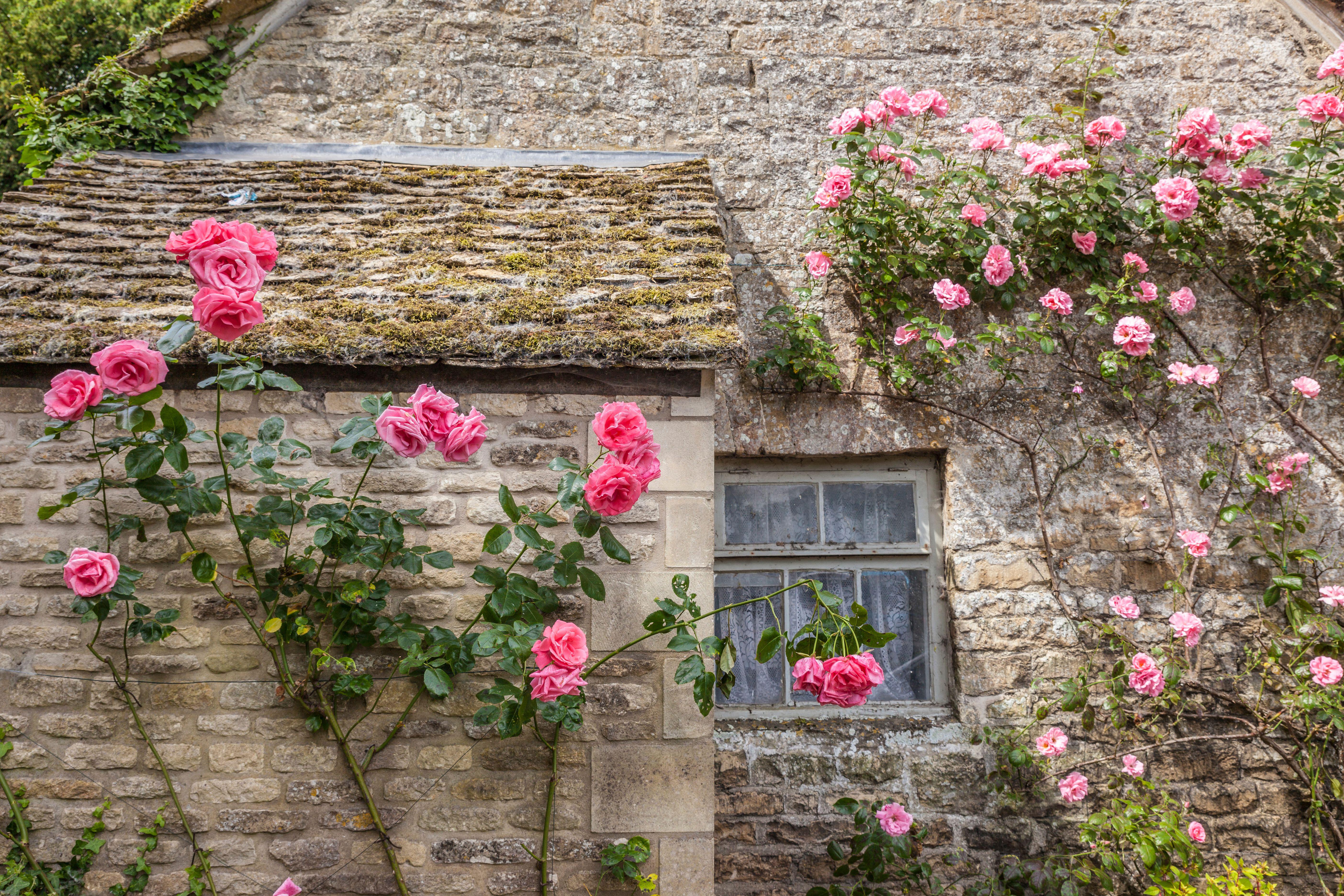 How to choose the perfect rose this bare root season
How to choose the perfect rose this bare root seasonLooks can be deceiving: bare root roses are hardier and more sustainable than potted ones, says Tabi Jackson Gee, who moved to a cottage in Wiltshire and went about finding the perfect plant. You just need patience.
-
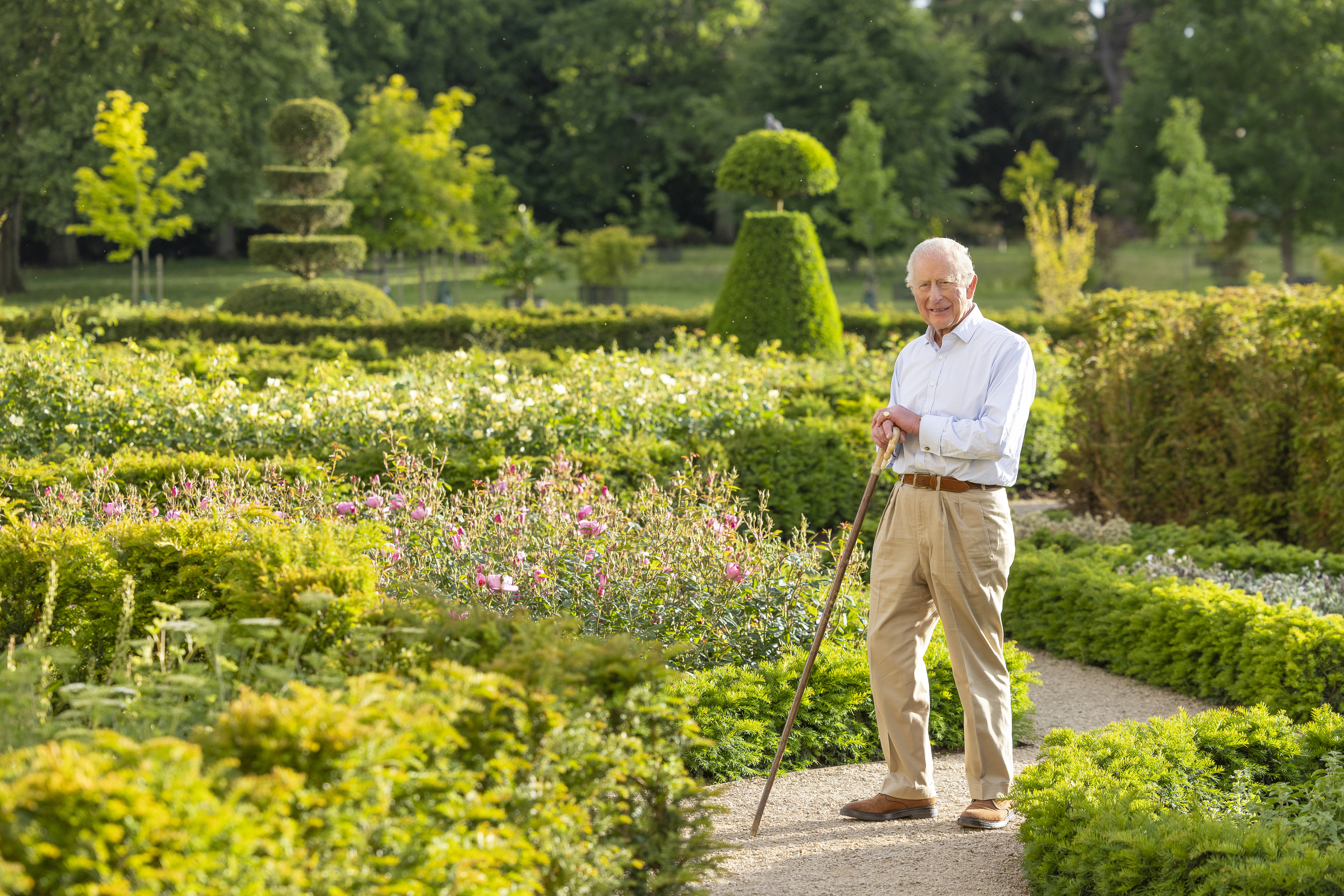 Exclusive: The King's remarkable resurrection of the gardens and parkland at Sandringham
Exclusive: The King's remarkable resurrection of the gardens and parkland at SandringhamThe King took over the running of the 21,000-acre Sandringham estate in 2017 — and in the last three years has transformed it beyond recognition.
-
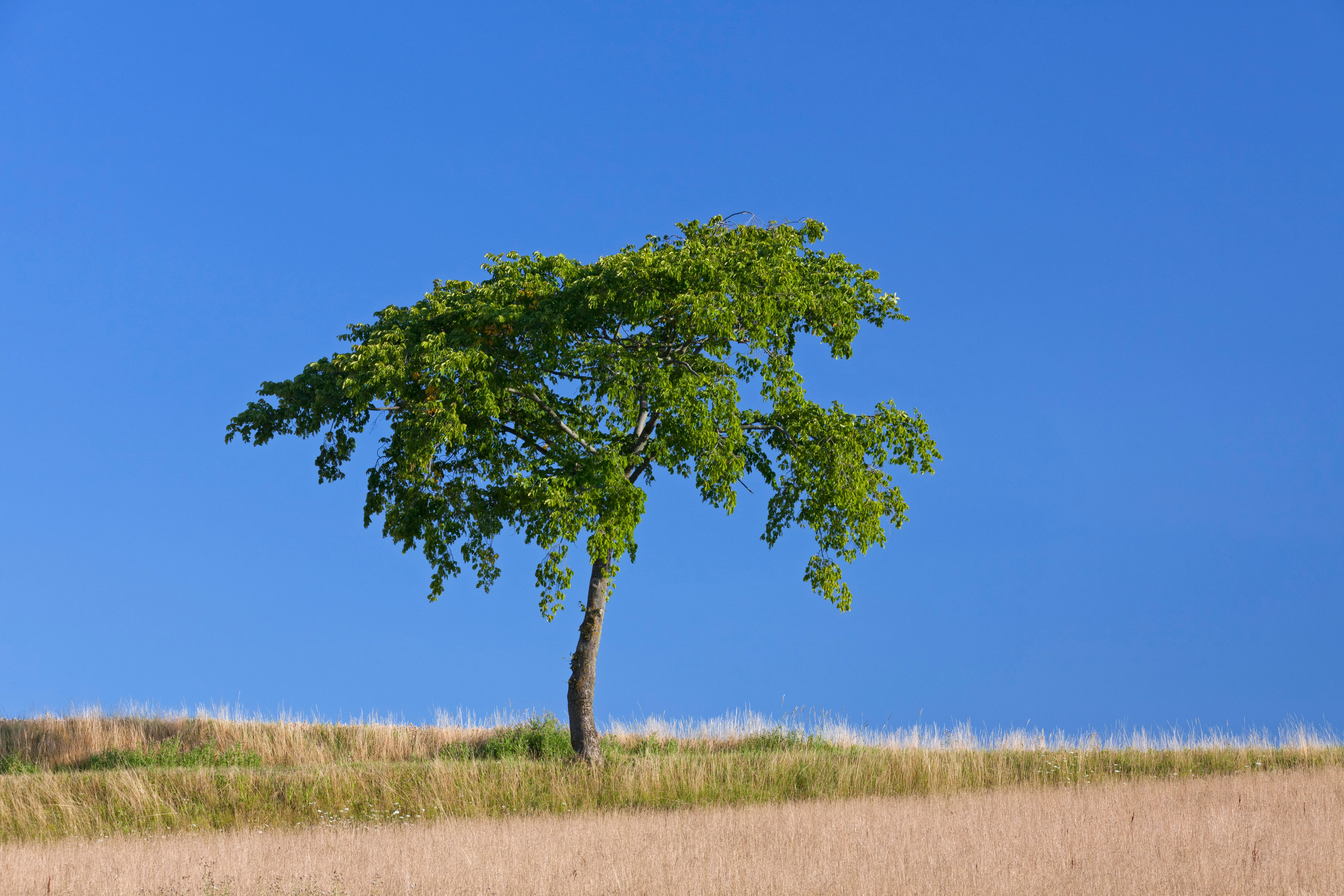 The trees that are as fine to eat as they are to look at
The trees that are as fine to eat as they are to look atMark Diacono doesn't grow many trees for the sake of the bounty they provide — but these are the notable exceptions.
-
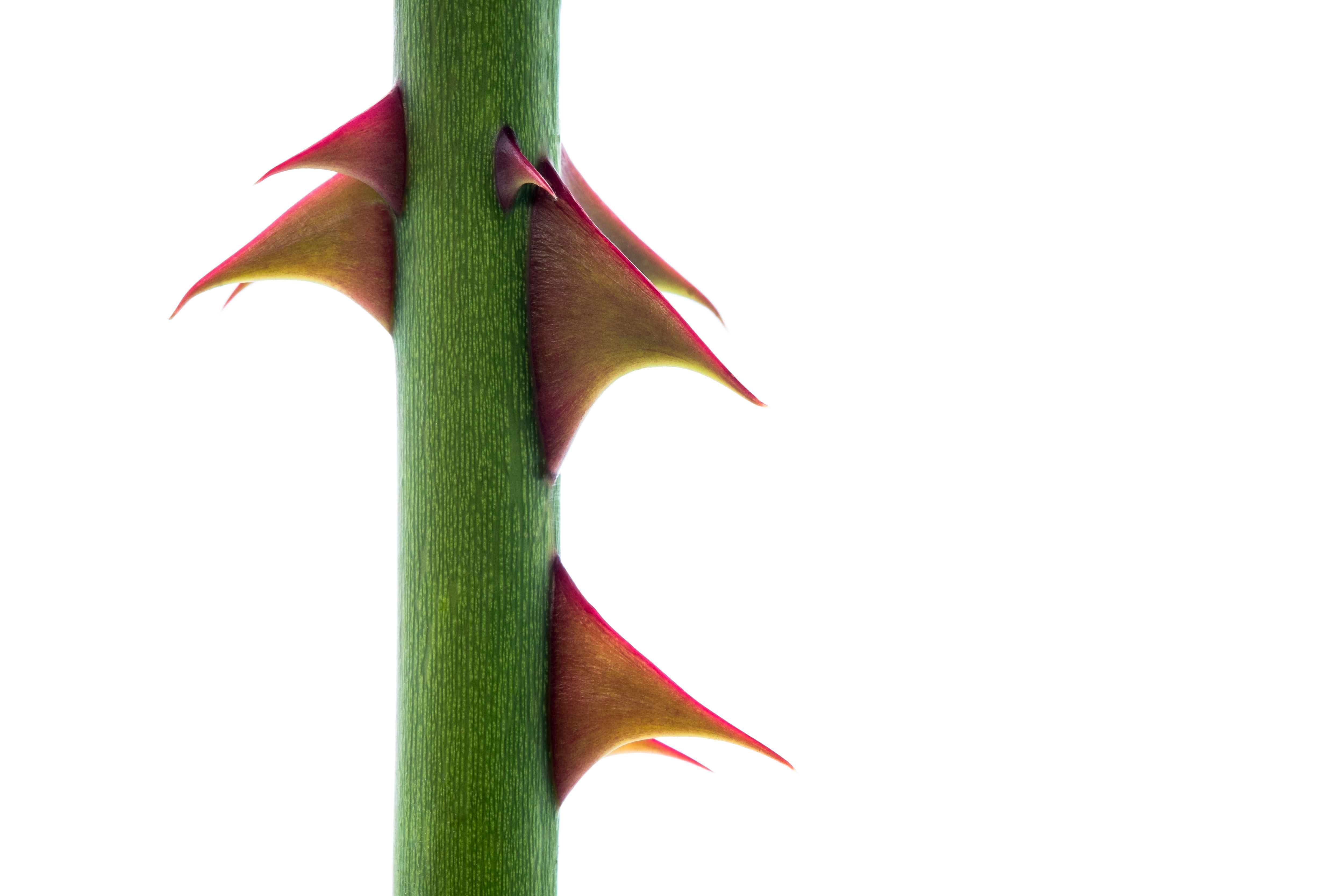 Bothered by brambles and snagged by sow thistles, but what is the point of all this thorny microaggression?
Bothered by brambles and snagged by sow thistles, but what is the point of all this thorny microaggression?Nature’s spiky deterrents — thorns, spines and prickles — may be quick to catch us out, but they can also prove to be a useful ally.
-
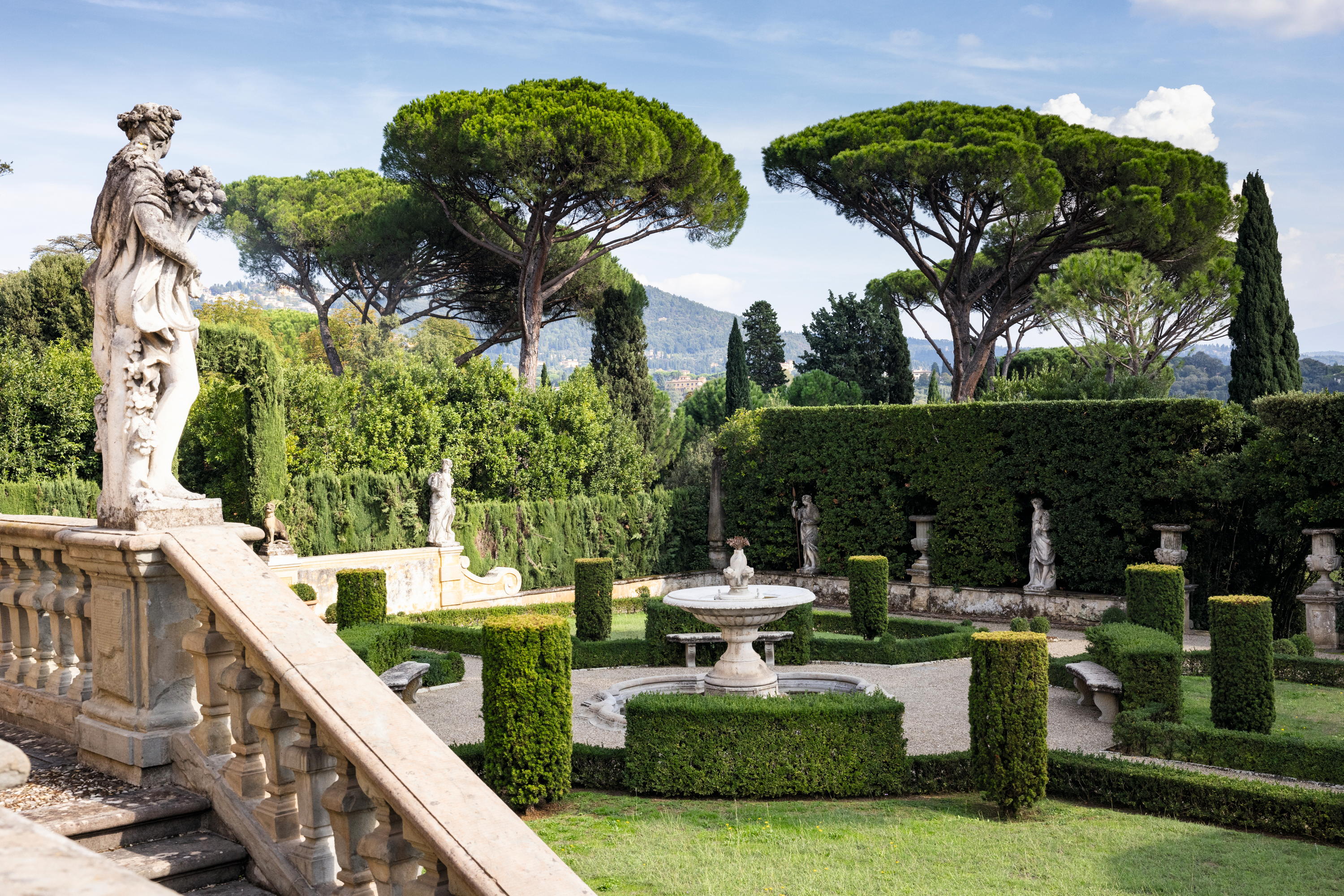 The Tuscan gardens where the English and Italian traditions come together, and Yorkshire rhubarb grows happily beside spectacular citrus
The Tuscan gardens where the English and Italian traditions come together, and Yorkshire rhubarb grows happily beside spectacular citrusNick Dakin-Elliot, who gardens in Tuscany, is still moved by the Italian hilltop gardens that command some of the most beautiful views in the world.
